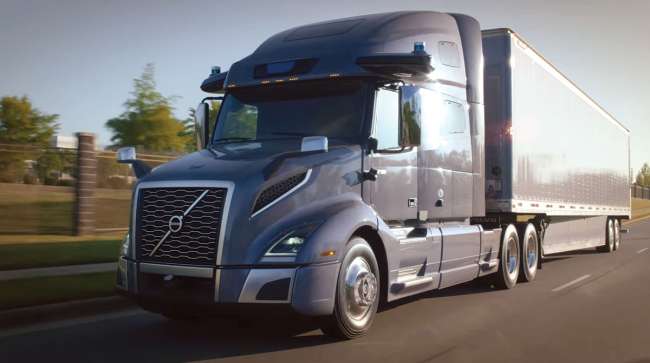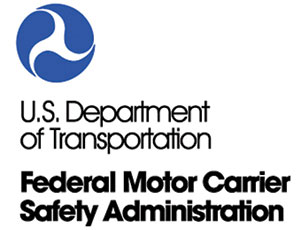Senior Reporter
FMCSA Plans Study on Driver Effect of Automated Driving Systems

[Stay on top of transportation news: Get TTNews in your inbox.]
Federal trucking regulators are planning a study that will examine the effect of human driver factors for Level 2 and Level 3 automated driving systems on commercial trucks, those that take control of the driving but require drivers to be alert to assume control of the system.
The driving simulator study will examine the effect of nondriving secondary task engagement, transfer of control and training on driver behavior in ADS-equipped commercial motor vehicles, the Federal Motor Carrier Safety Administration announced in a Sept. 21 Federal Register notice.
“To date, most commercial ADS systems on U.S. roadways are in passenger vehicles, and CMV [automated driving systems] are only recently being implemented in real-world operations,” FMCSA wrote. “Therefore, FMCSA needs more data on ADS-equipped CMVs to understand driver behavior and policy implications.”
Specifically, there are three primary objectives for the data collection:

• Determine the effect of distraction on CMV drivers of L2 vehicles.
• Determine the effect of transfer of control on CMV drivers in L3 vehicles.
• Develop and evaluate a training program that is designed to decrease the levels of distraction that were identified in CMV drivers in L2 vehicles and designed to improve the problems with the transfer of control that were identified in L3 vehicles.
“Answers to these research questions will provide insight into the human factors associated with semi-automated CMVs,” FMCSA wrote. “Moreover, these findings will inform training materials to educate drivers on distraction and the functionality of ADS as well as policy pertaining to the implications of ADSs in CMVs.”

Winter is coming. Bill Lindsay of Clean Harbors and Brian Antonellis of Fleet Advantage join host Mike Freeze to talk about winterizing fleets. Tune in above or by going to RoadSigns.ttnews.com.
The agency also is accepting public comments on the notice on or before Nov. 21.
The notice said commenters are being asked to give their opinions on:
• Whether the proposed collection is necessary.
• The accuracy of the estimated burden.
• Ways for FMCSA to enhance the quality, usefulness and clarity of the collected information.
• Ways that the burden could be minimized without reducing the quality of the collected information.
FMCSA said lower levels of ADS-equipped CMVs present an environment that is ripe for overreliance. An L2 vehicle offers longitudinal and lateral support; however, the driver is still responsible for driving at all times. At this level, engaging in nondriving secondary tasks can be highly detrimental to driving performance as the operator may not recognize and respond to hazards timely or appropriately, the agency said.
Want more news? Listen to today's daily briefing above or go here for more info
The notice said that in an L3 vehicle, the role of distraction is blurred.
“The driver takes on a more supervisory role and is in full control of the vehicle in a limited number of situations,” the notice said. “When an L3 vehicle alerts the driver that a takeover is required, the driver needs to have situational awareness to resume full control of the vehicle. Engagement in nondriving secondary tasks may prevent the driver from maintaining situational awareness of the driving environment.”
FMCSA said it expects 100 participants for the driving simulator study — 50 drivers each in the L2 and L3 study sessions. Each participant will agree to participate in the L2/L3 simulator study session and the training study session.




